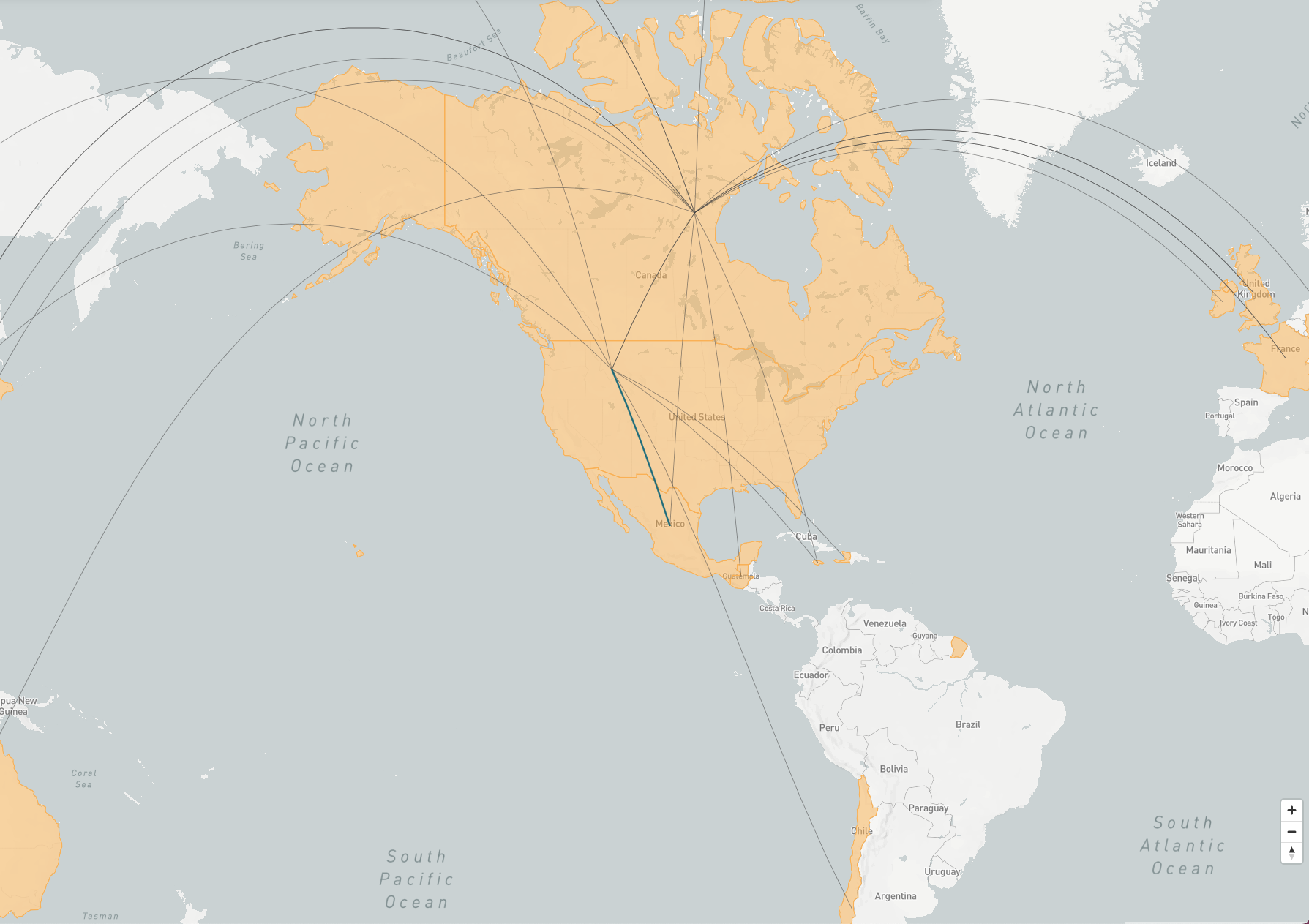- Country of destination: United States
- Country of origin: 84 eligible countries (beneficiaries come primarily from Mexico)
- Sectors: Agriculture, Horticulture, and Food Processing
- Skill level: Low
- Timeline: November 6, 1986 - ongoing
- Number of beneficiaries: 204,801 in fiscal year 2019
Overview
The H-2A visa is an uncapped temporary work visa for seasonal agricultural workers in the United States. The majority of H-2A visa holders are from Mexico and work on farms in California.
Why was it started?
The H-2 visa program is a result of World War II–era arrangements established by the War Food Administration that brought guestworkers in from the Caribbean islands to work under contracts similar to those in the US–Mexico Bracero program. In 1952, Congress formally recognized the need for temporary guestworkers and established the H-2 temporary visa category as part of the Immigration and Nationality Act (INA). Unlike previous government-to-government labor agreements, the H-2 visa program allowed US employers to recruit workers directly from any country, giving employers direct control over guestworkers’ visas.
The 1986 Immigration Reform and Control Act divided the H-2 program into two visa programs: H-2A for agricultural workers and H-2B for non-agricultural workers. Temporary agricultural work visas were intended to disincentivize illegal immigration through a legal pathway and increased border security measures.
How does it work?
Employers who want to hire workers through the program apply to the Department of Labor for labor certification. After receiving labor certification, a prospective H-2A employer submits an application to the US Citizenship and Immigration Services (USCIS). Most H-2A workers (91 percent) are from Mexico. The next most common nationalities of H-2A visa holders are Canadian, Jamaican, and South African.
Across seasons, H-2A visa holders’ total stay in the United States may not exceed three consecutive years. However, once an H-2A visa holder has been outside of the country for three months, he or she may renew the visa, pending approval from the application process. Farmers must pay wages and benefits set by the Department of Labor for both H-2A and US workers in “corresponding employment.” The minimum wage, called the Adverse Effect Wage Rate (AEWR), is a regional average based on annual government surveys. It does not account for variation based on location, job type, skills, or experience. H-2A employers must pay for transportation to and from the worksite, food, housing, and travel reimbursements to and from the country of origin. Dependents may join on an H-4 visa.
What impact has it had?
Farmers hire foreign workers because very few US workers want farm jobs designated for the H-2A program, despite rising wages. According to the Department of Labor, between 2016 and 2018, 87 percent of H-2A employers requesting US workers received none. Just 6 percent of H-2A jobs ultimately went to US workers, and most of those workers showed up after the harvest began and H-2A workers had started. Many US workers either did not report to work or resigned.
Given the high costs and regulatory complexities of the H-2A program, farmers use it as a last resort. H-2A jobs, which US workers largely forgo, represented just 10 percent of the roughly 1.4 million full-time equivalent agricultural jobs in 2019.
Between 2000 and 2018, a 1 percent increase in H-2 visas for Mexicans—including some under the H-2B program for nonagricultural jobs—was associated with a 1 percent decline in the number of Mexicans apprehended illegally crossing the border. The program may thus have contributed to the decline in illegal immigration from Mexico.
- For more information, see the US Government H-2A Visa Program website.
- Bier, D.J. 2020. “H-2A visas for agriculture: The complex process for farmers to hire agricultural guest workers.” Immigration Research and Policy Brief 17, Cato Institute, Washington, DC
- Bruno, A. 2020. H-2A and H-2B temporary worker visas: Policy and related issues. CRS Report R44849, Congressional Research Service, Washington, DC.
- Clemens, M. 2017. The effect of occupational visas on native employment: Evidence from labor supply to farm jobs in the Great Recession. IZA Institute of Labor Economics, Bonn, Germany.
- Martin, P. 2017. “Immigration and farm labor: From unauthorized to H-2A for some?“ Issue Brief, Migration Policy Institute, Washington, DC.
- Nowrasteh, A., and A.C. Forrester. 2019. H-2 visas reduced Mexican illegal immigration. Cato Institute, Washington, DC.

